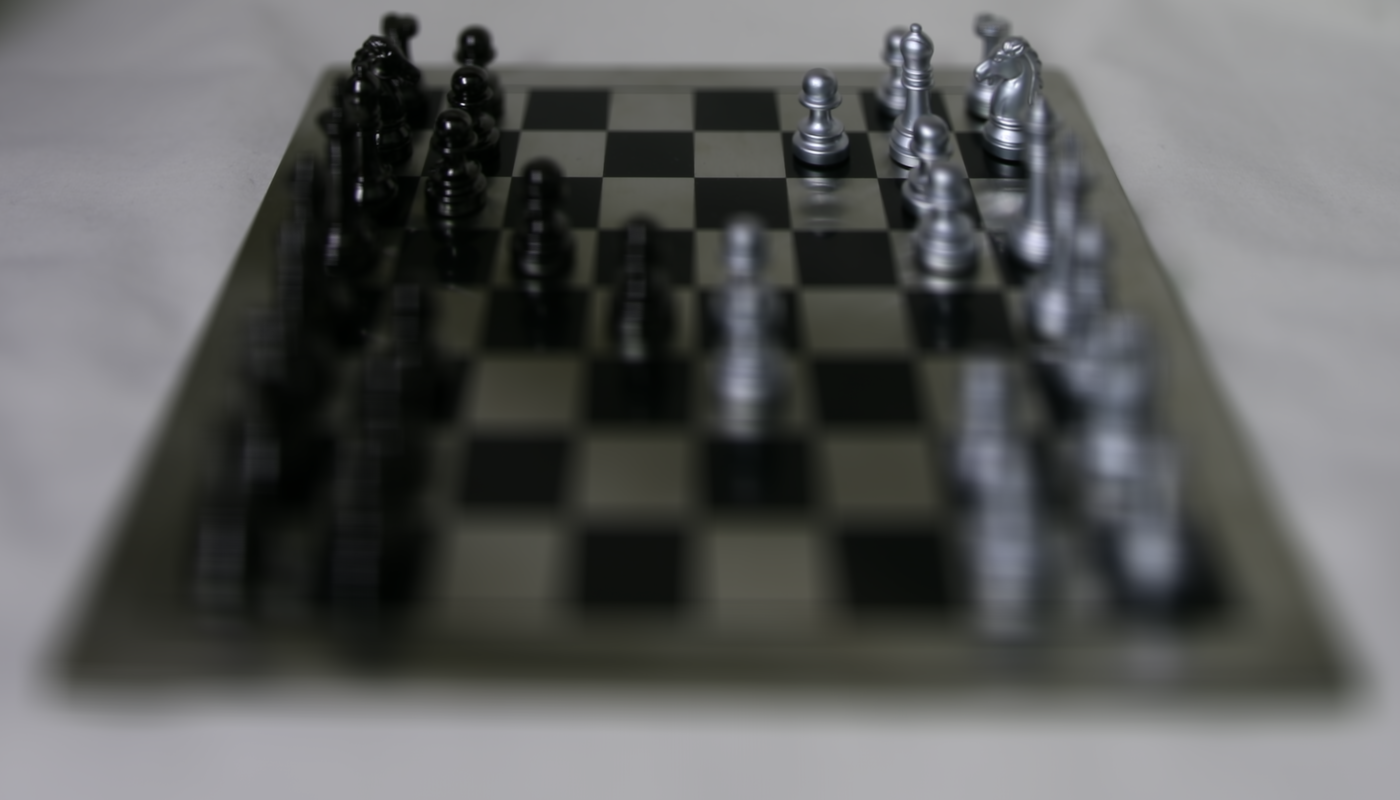
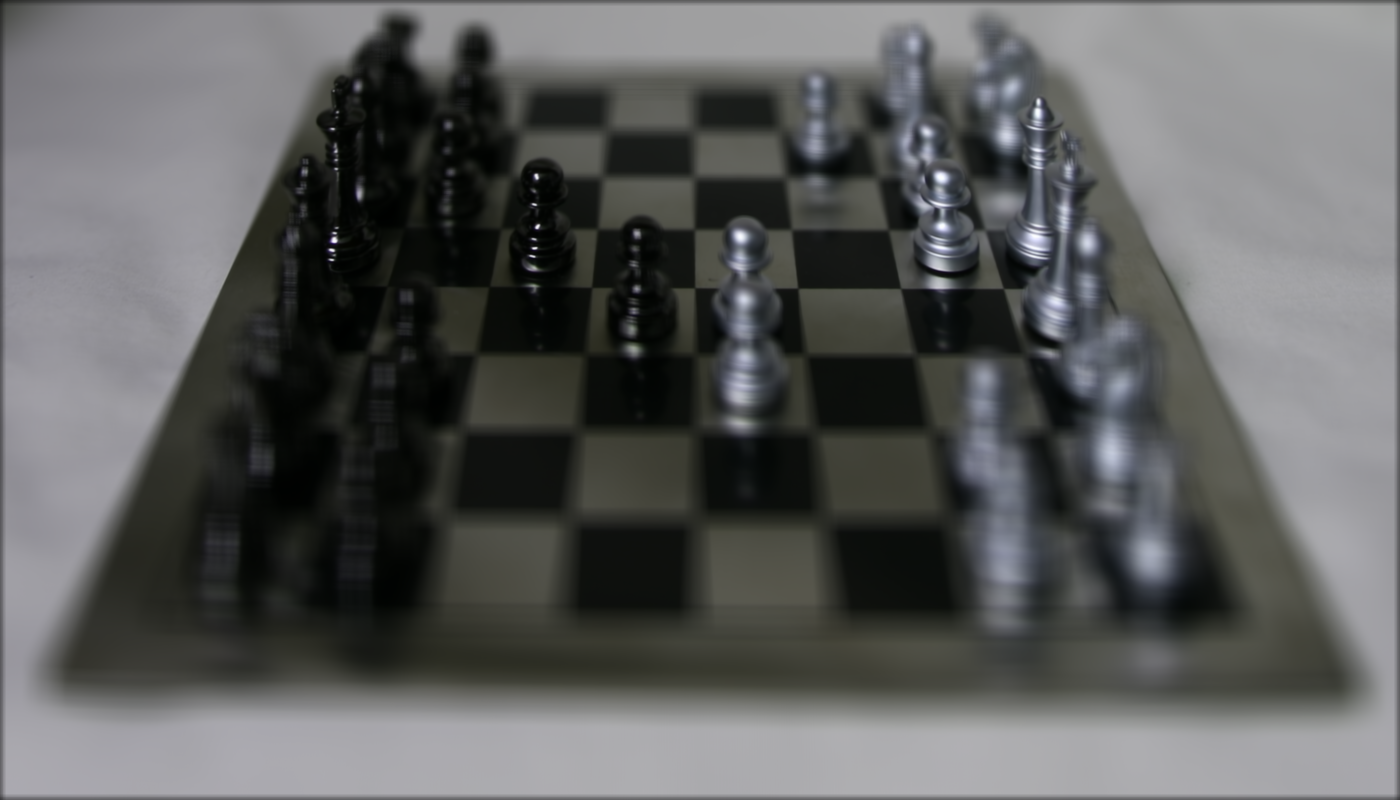
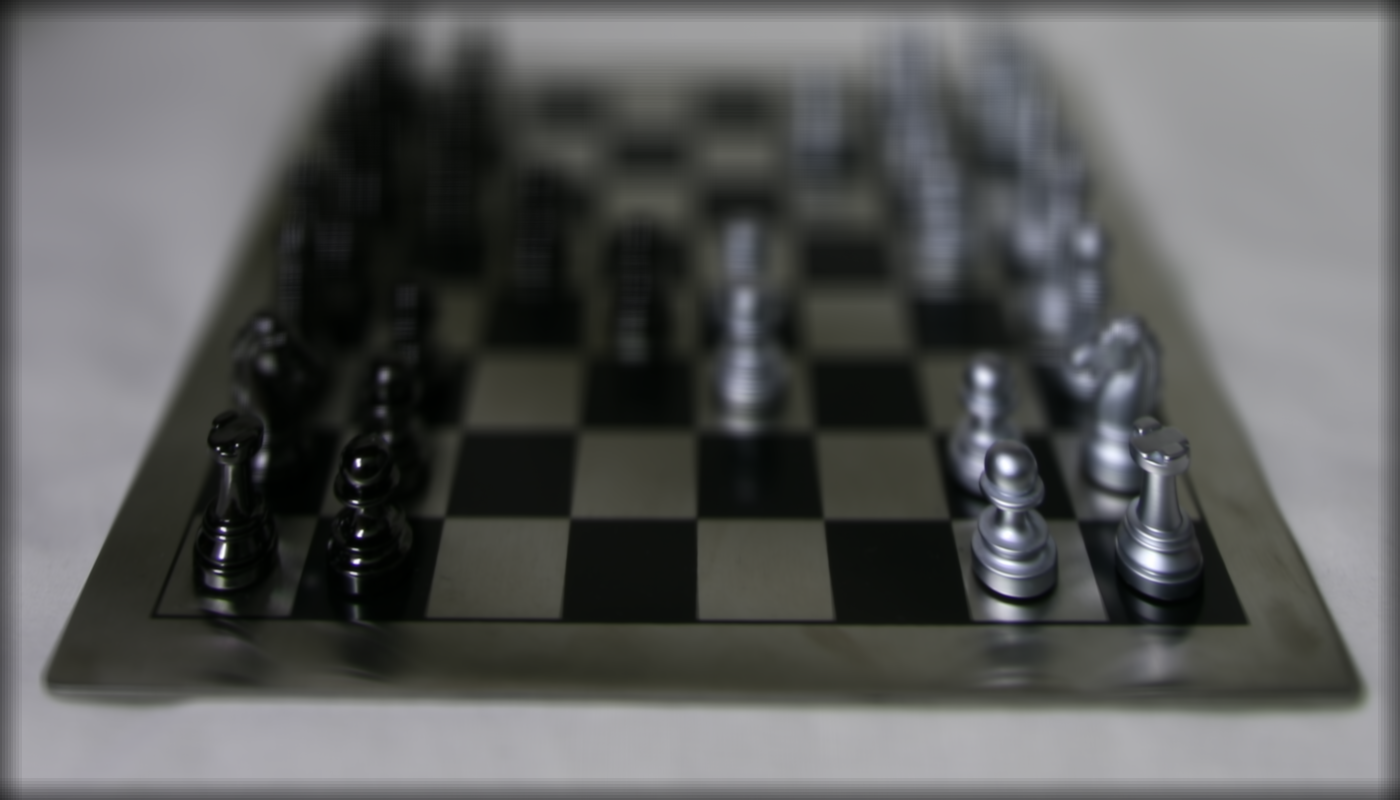
In this project, light field images from the Stanford Light Field Archieve were used to perform depth refocusing and aperature adjustment. By capturing multiple images of an object over a plane orthogonal to the optical axis of the camera, various effects can be produced with a light field camera.
In this part, multiple images focused at different depths are generated by shifiting and averaging the lightfield camera's images. If all the images are averaged without shifting, the resulting image will focus on the top part of the image with everything else blurred. This is becuase the closer objects will vary in position more as the camera moves, therefore resulting in a blurrier average. However, by shifting each image to a centralized reference multipled by a scalar, the depth of the focus of the averaged image can be changed.




To adjust the aperature, an effective radius that determined which images to shift and average was changed. Therefore, only images that have a camera grid coordinate within the radius will be shifted and included in the averaged. A large aperature was simulated by averaging over a larger set of images, and a small aperature was simulated by averaging over a smaller set of images (similar to how a real camera aperature operates!).
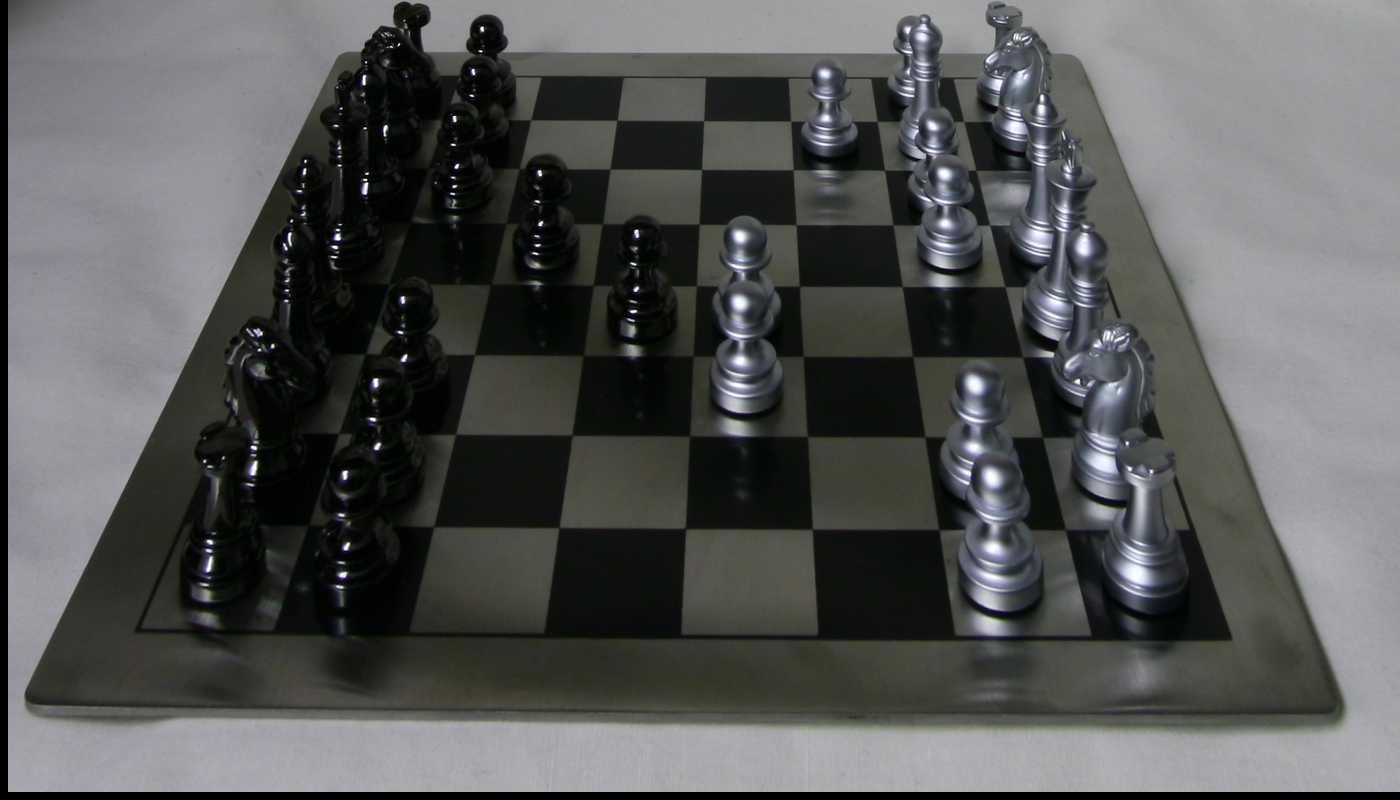
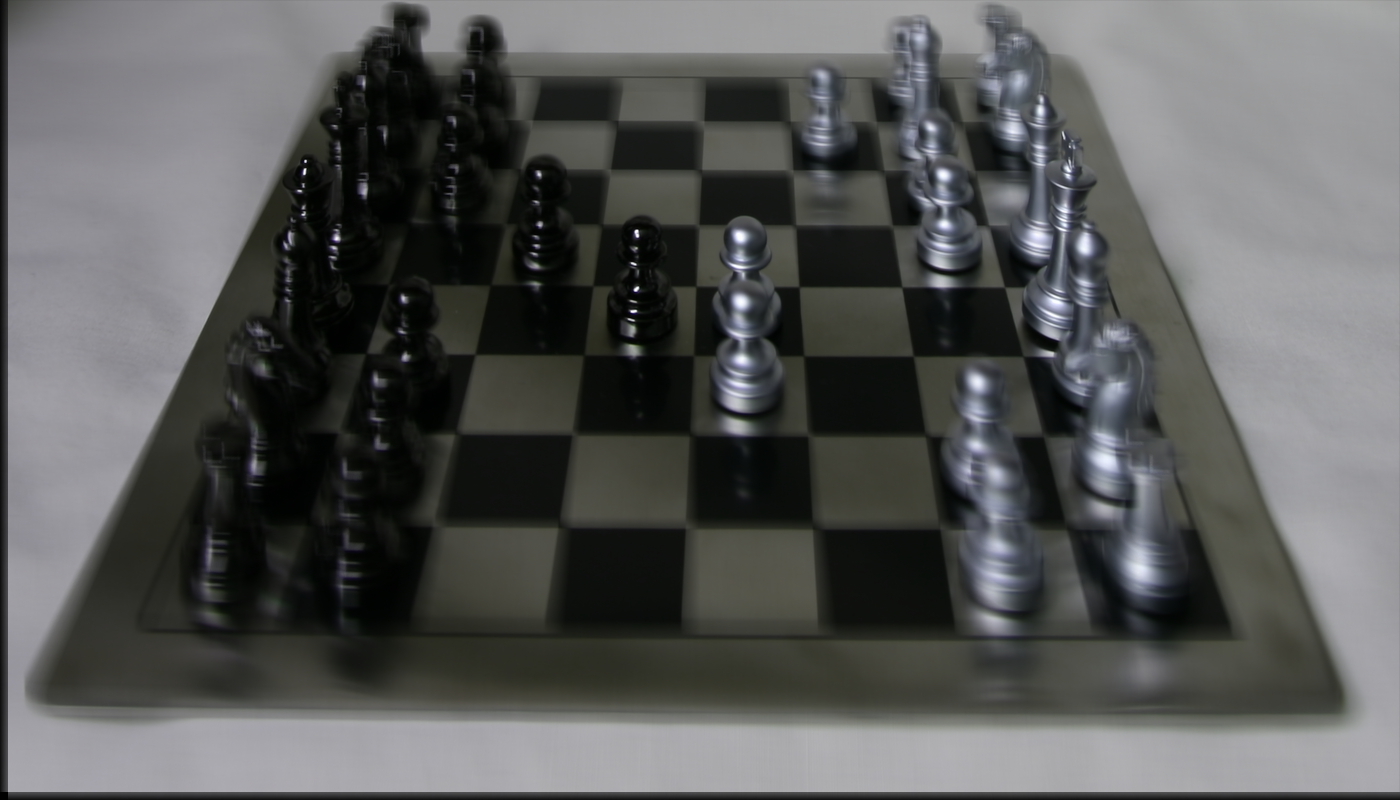
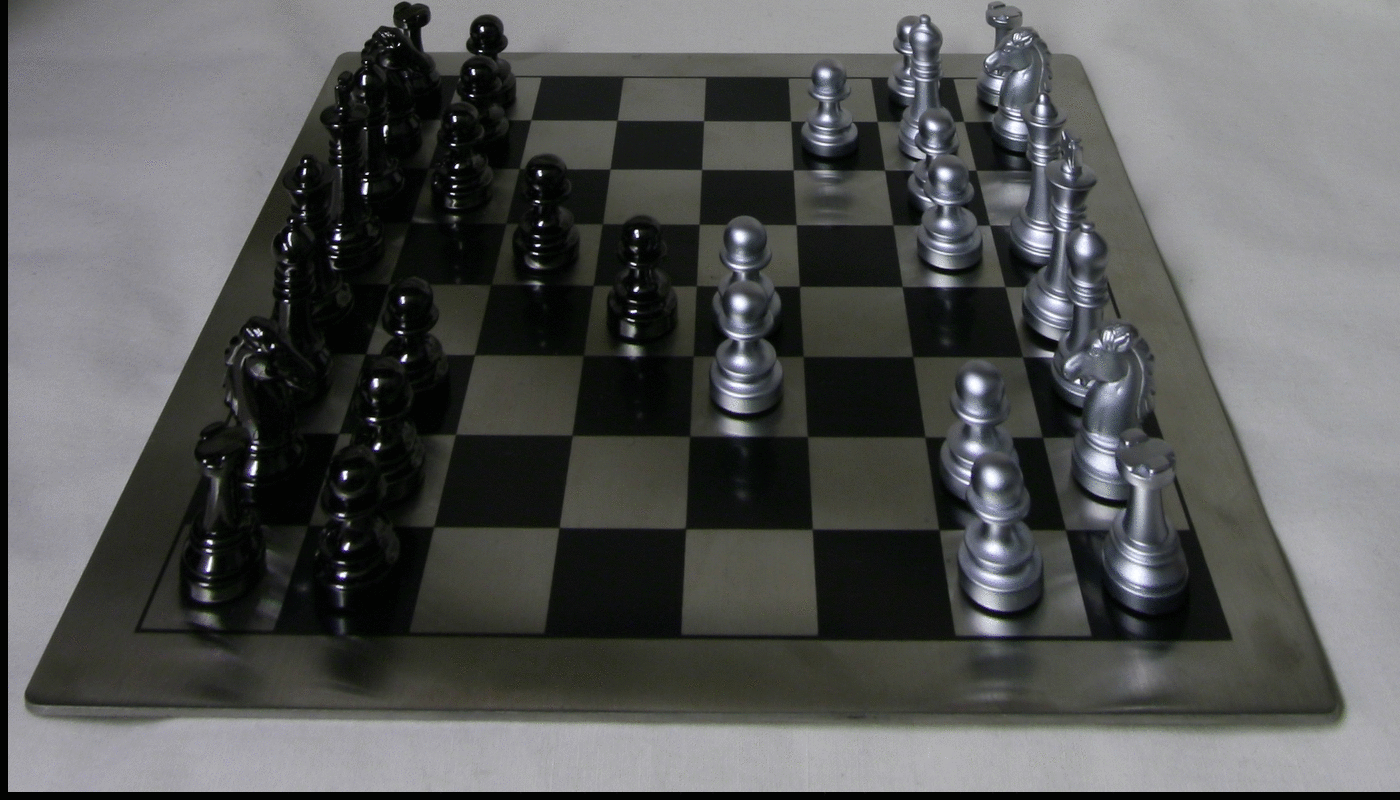
This project reinforced by understanding of depth focusing and aperature adjustment, and demonstrated how images can be manipulated through fairly simple operations!